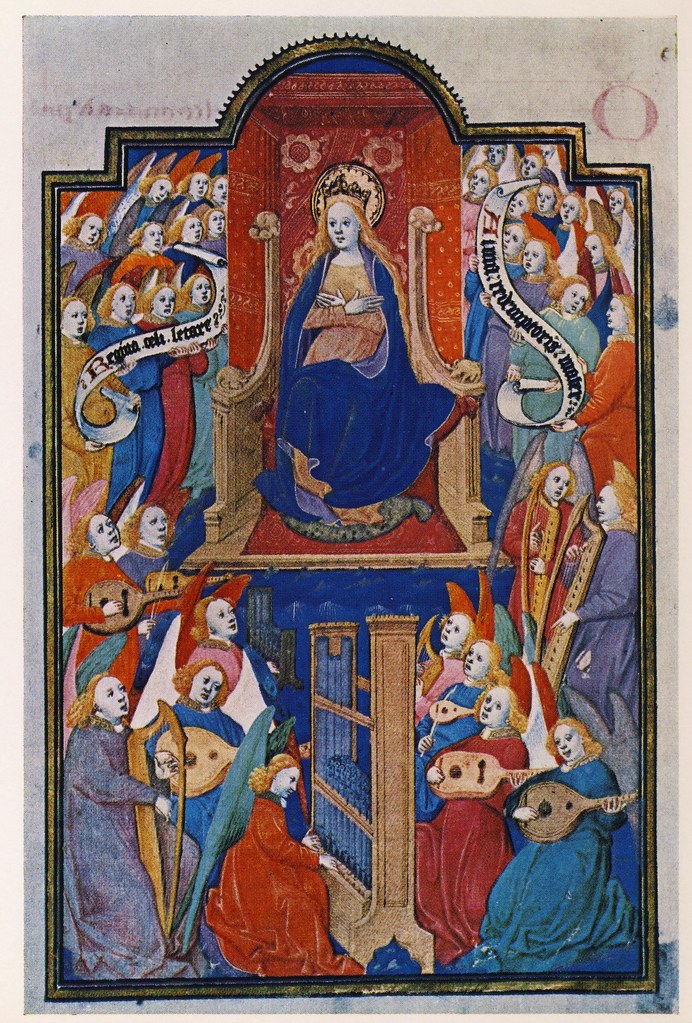Middle Ages
LEXIS
Medieval music precedes the music of the Renaissance.
Church Music
The overwhelming influence of Christianity on social life gives church music its primacy in the music of the Middle Ages. Singing is most important. The Gregorianische chant is still monophonic and until the 9th Century only orally transmitted. Thereafter, homophony gradually becomes established. For the notation of church music, the antique, still very imprecise neume develops in the 11th century to a notational system on lines and since the 13th century also with length markers called mensural notation.
Possibly the oldest German liturgical song is Christ is arisen, which is still used today in the Easter liturgy.
Church Music Downloads
- Christ ist erstanden (traditional, German) (12th c.)
- Personent hodie (traditional, Latin) (14th c.|
Troubadours and Minstrelsy
The secular, v.a. courtly, music of the Middle Ages is handed down in many cases only in the form of lyrics. How it was presented is extremely uncertain.
The musical side also of the later Minnesang is because of lack of sources almost completely hidden … The line notations used record only one singing voice; instrumental accompaniment, which is popular on recordings, is always an ingredient. The notations usually do not recognize tonality and no rhythmic or measures for long and short notes or for heavy and light accents. The relation between the univocal secular song melodies and the church modes and the rhythmic_modes connected with polyphoniy remains controversial.1)
Johannes Wolf has highlighted the following features of the instrumental music of the 13th and 14th centuries:2)
- predominance of major modes,
- coloratura in melody and rhythmic decomposition of long notes,
- short motifs, which are sequentially spun on and repeated at other tone levels,
- emphasis by means of repetition on the fourth and fifth as melodic intervals,
- tight periodisation,
- tendency to form a suite.
Minstrel Song Downloads
- Estampie (anonymous, Britain) (13th c.)





